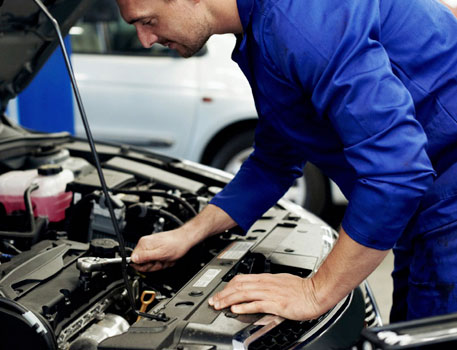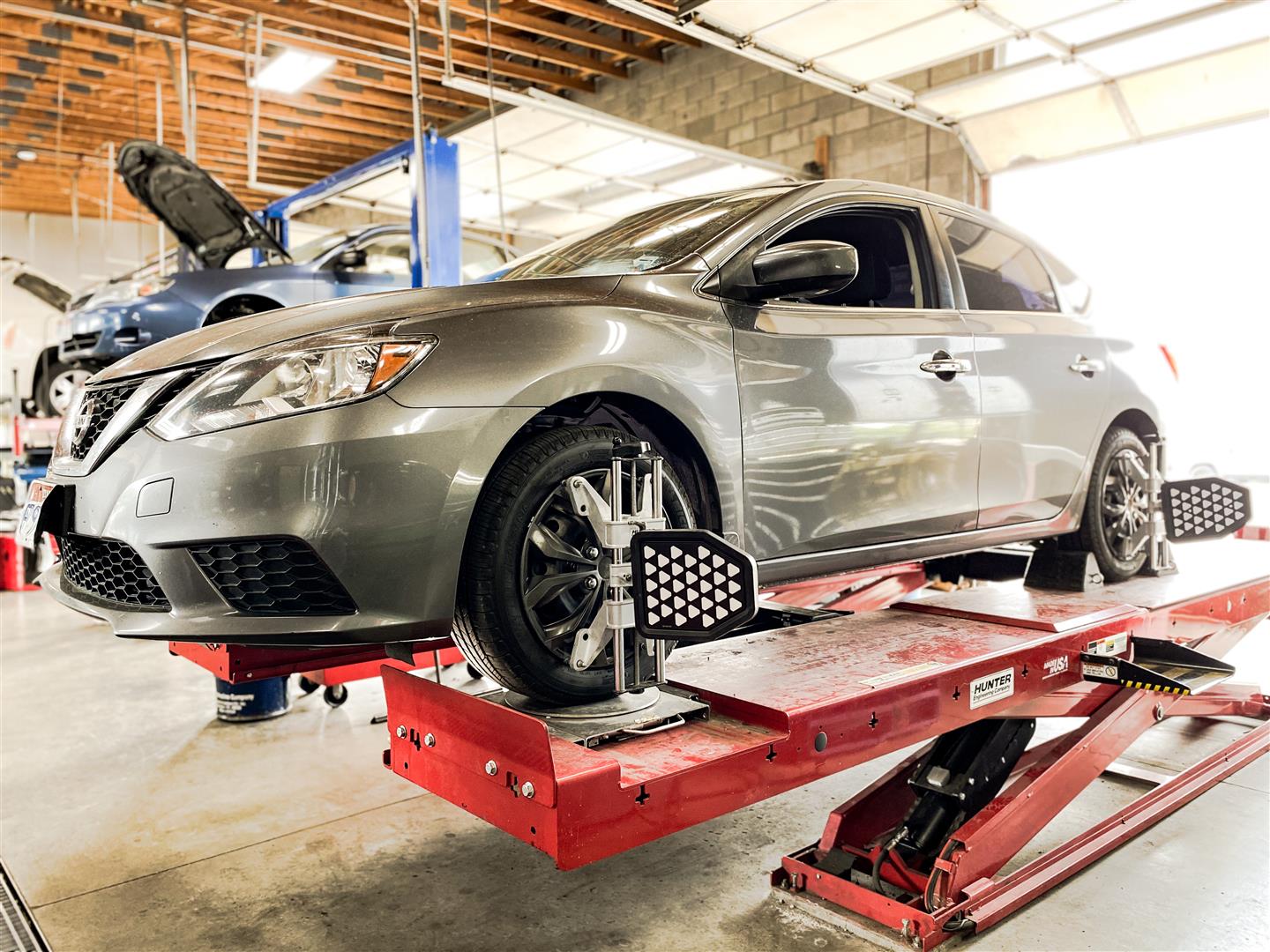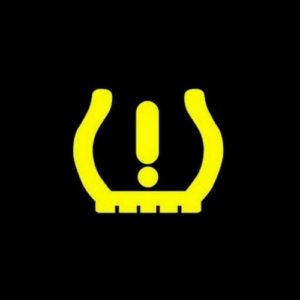Posted on 5/22/2024

Many modern vehicles come with what manufacturers label as "lifetime fluid" for components like transmissions and differentials. This can be enticing as it suggests minimal maintenance, but is it truly best to avoid changing or servicing these fluids? What Is Lifetime Fluid? Lifetime fluid is designed to last the vehicle's lifetime under normal driving conditions. Manufacturers claim these fluids do not need to be changed, theoretically saving you maintenance costs and hassle. However, "lifetime" can be a misleading term. Pros and Cons Pros: - Convenience: No need for regular fluid changes, which can save time and money. - Cost Savings: Potentially lower maintenance costs over the vehicle's lifespan. Cons: - Fluid Degradation: Over time, even the best fluids can break down, leading to decreased performance and potential damage. - Driving Conditions: Harsh driving conditions (towing, extreme tempera ... read more
Posted on 2/14/2024

Alignment of vehicle wheels and suspension components is crucial for ensuring optimal performance and safety. Proper alignment, achieved through techniques such as laser and computerized alignment, enhances wheel geometry by adjusting camber, caster, and toe angles. This precision alignment not only promotes even tire wear, extending tire life and reducing maintenance costs, but also enhances fuel efficiency by reducing rolling resistance. Moreover, accurate wheel alignment ensures stable handling, improves steering response, and maximizes braking effectiveness. By aligning the chassis and suspension components, alignment procedures contribute to overall vehicle stability, comfort, and safety, providing drivers with a smoother and safer driving experience.https://www.youtube.com/shorts/18Jax5oh1Ys
Posted on 7/6/2023

Fluid Exchanges – What You Need to Know When your repair shop recommends a fluid exchange, what exactly does that mean? Most people are familiar with oil changes, but your vehicle can have up to seven other fluids that need regular care—transmission, coolant, brake, power steering, transfer case, front differential, and rear differential. Keeping these fluids clean and fresh ensures all the moving parts in your vehicle stay properly lubricated and performing their best for as long as possible. At Dickerson Automotive, we recommend fluid exchanges every 30,000 to 50,000 miles to maintain peak performance. While some manufacturers claim certain fluids are “lifetime,” their goal is to sell cars—not necessarily keep them running for decades. During every oil change, our technicians take fluid samples to check their condition and help you stay ahead of costly repairs. Call us today to schedule your fluid check ... read more
Posted on 7/27/2022

Most vehicles manufactured after 2008 are equipped with a warning light for low tire pressure called the tire pressure monitoring system (TPMS). The system alerts you if any of your vehicle's tires have low pressure using sensors to track the tire pressure. However, the sensor only shows when the tire pressure is below 25 percent of the recommended manufacturer's pressure for safe driving. You should, therefore, not substitute regular tire pressure checking with the TPMS. In most vehicles, the warning light is a yellow wheel's cross-section on the vehicle's dashboard. Some vehicles will also display a low-pressure message with the exact tire with low pressure. Why You Should Never Ignore the TPMS Warning Light Driving with a low tire pressure affects your vehicle's handling, performance, and, more significantly, your safety. Underinflated tires tend to flex more and generate more heat which may cause the tire's internal components to overheat and break down ... read more
Posted on 3/17/2021
.jpeg)
Too much heat presents a great challenge to motor vehicles. Thankfully, all vehicles have a measure to keep themselves cool. The car's engine has a cooling system aided by a coolant, a fluid that runs in the engine and transmits heat away from it. The coolant should remain clean for it to function effectively. Dirty coolant must be flushed out and replaced with a fresh one. But how do you know when your coolant needs flushing? To know this, be on the lookout for the following symptoms. Your Vehicle Overheats As stated above, the role of the coolant is to keep your engine temperatures low. If your temperature gauge is always on the higher side, it means the coolant is no longer performing its duty and needs flushing. An overheating engine can easily break down, resulting in costly repairs. A Maple Syrup Smell From Your Car (Engine) One sure sign that your coolant needs flushing is the smell of maple syrup, butterscotch, or pancakes coming from your engine. The ethylene glycol ... read more